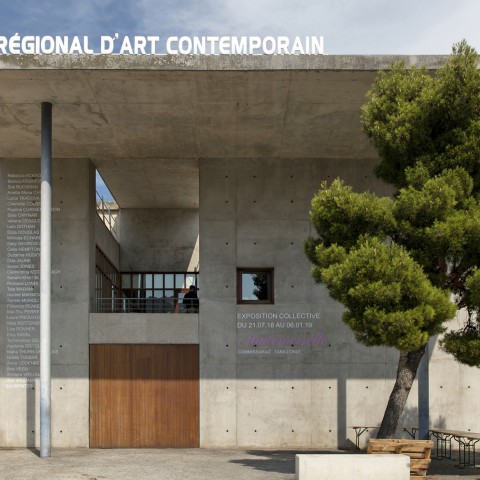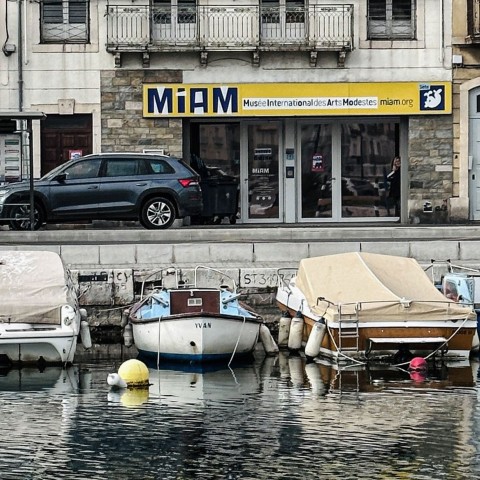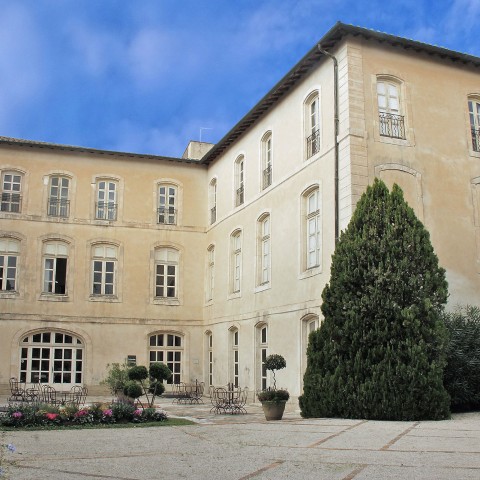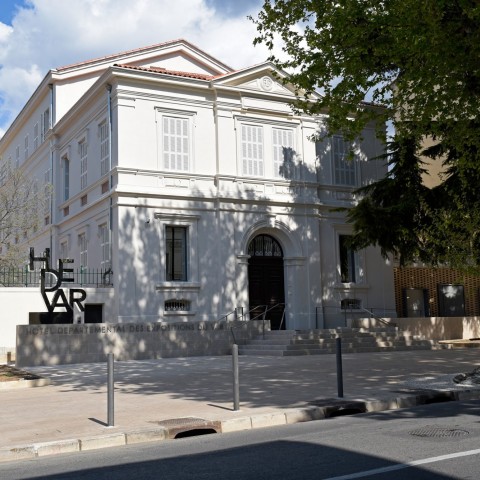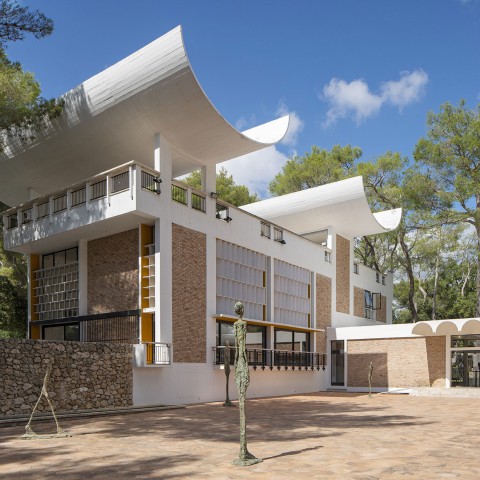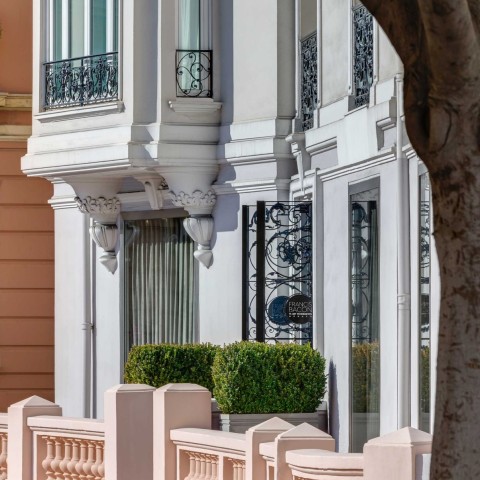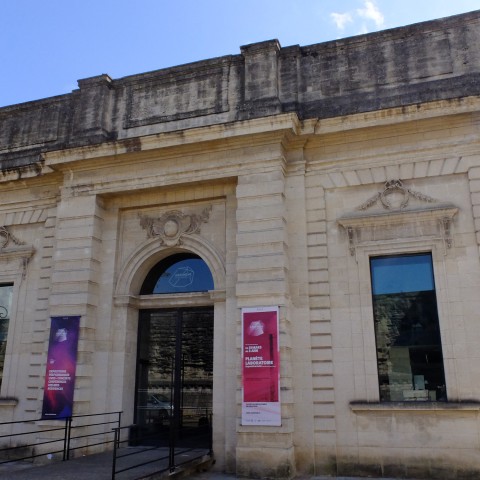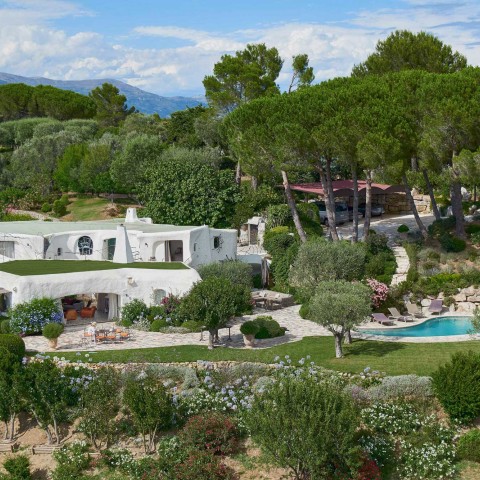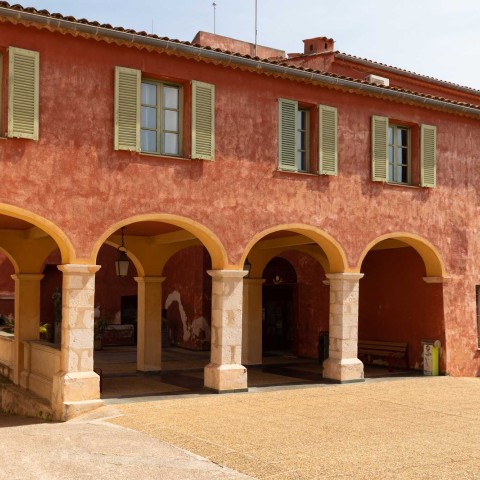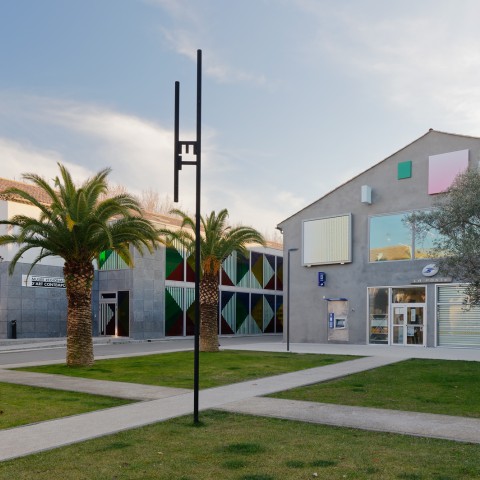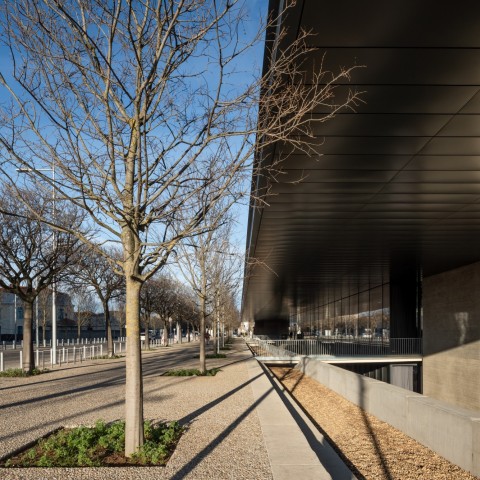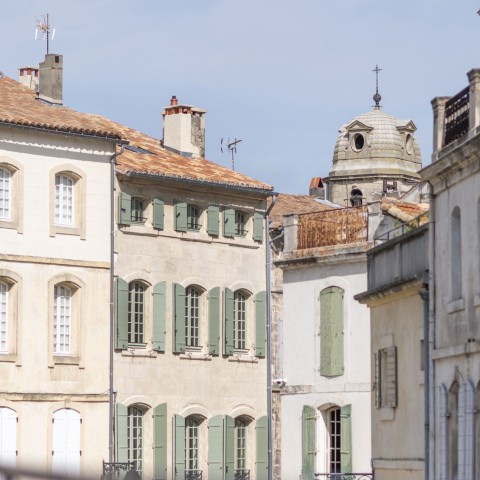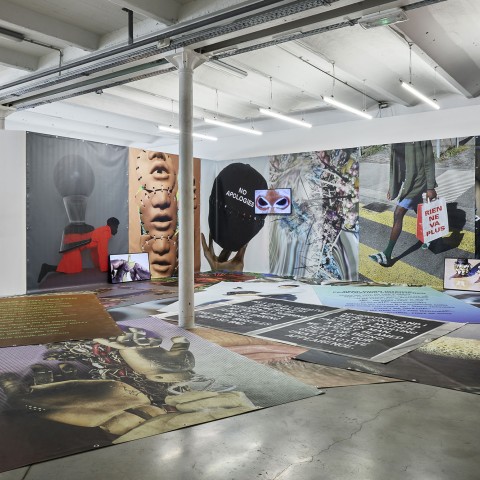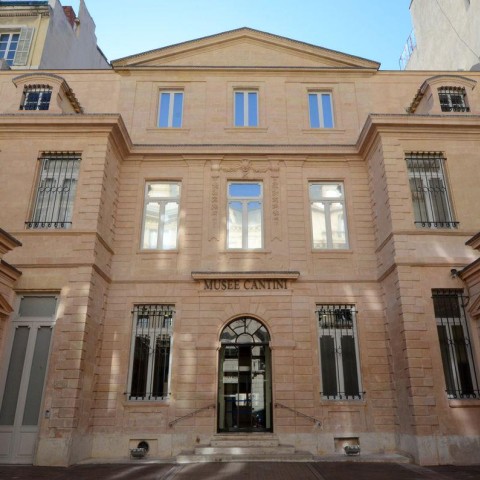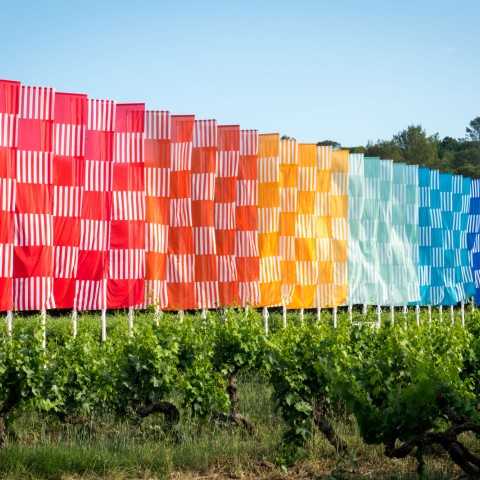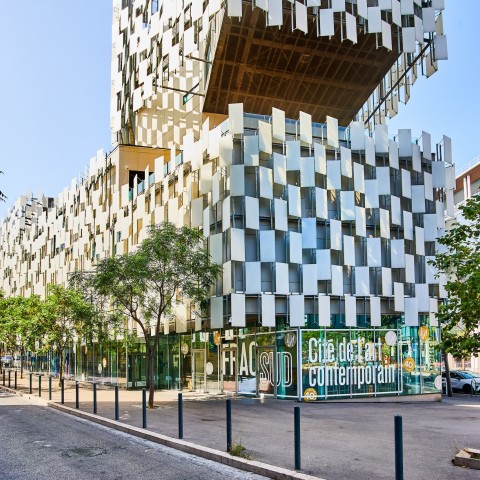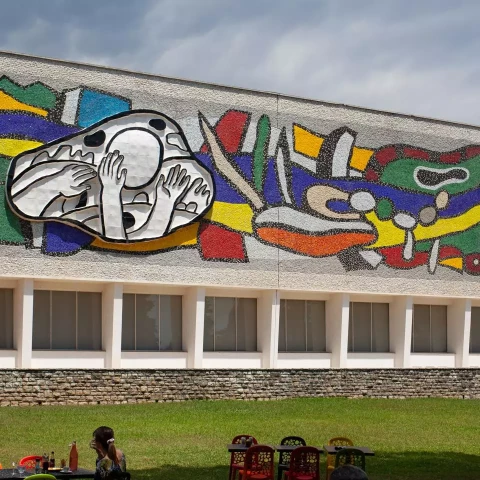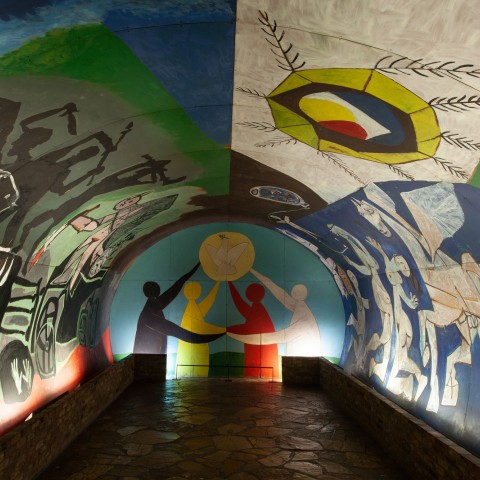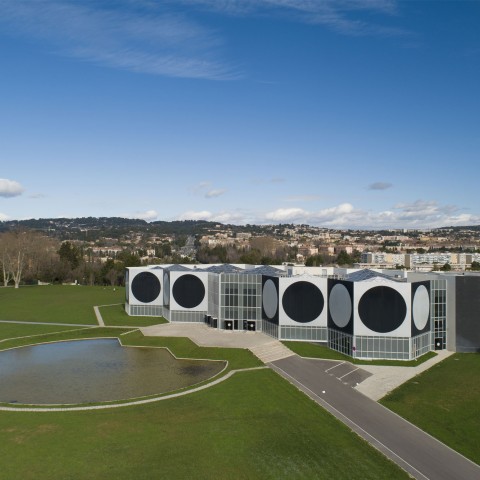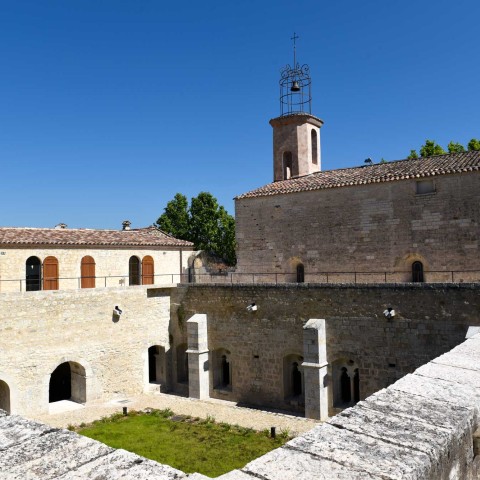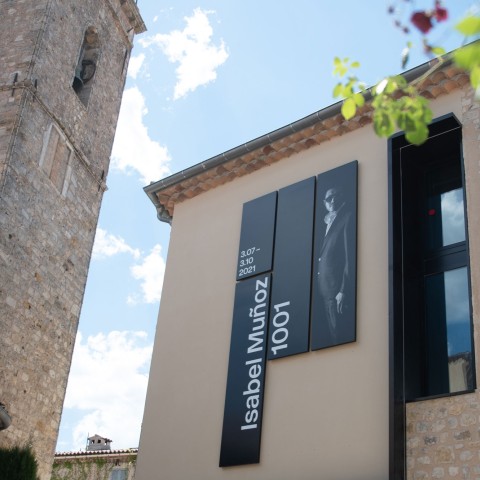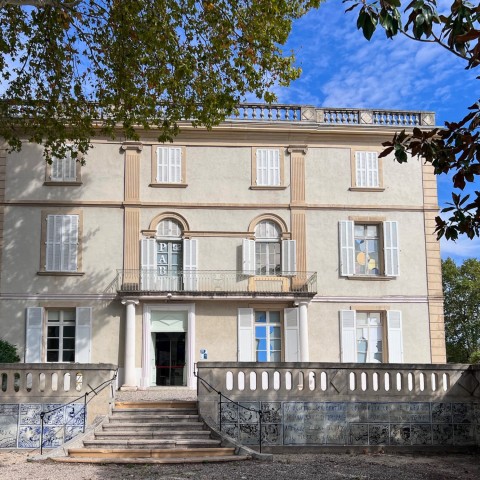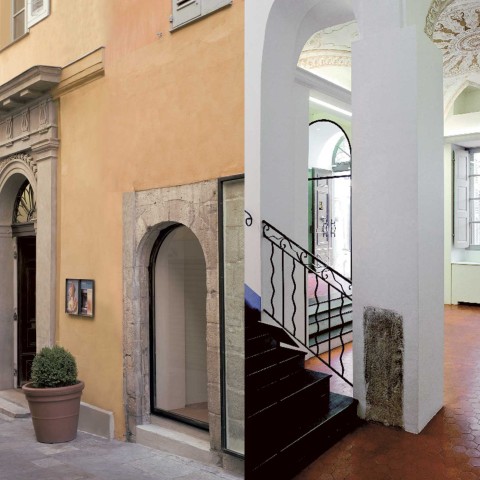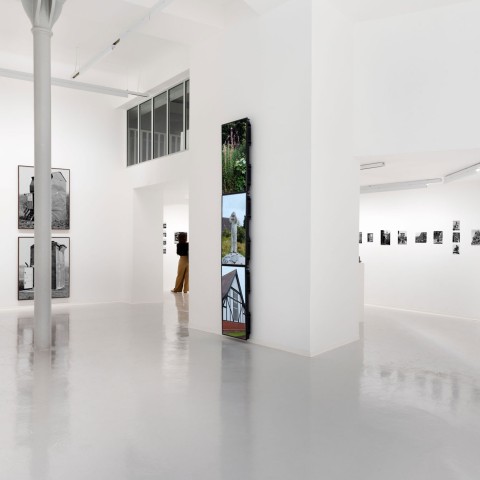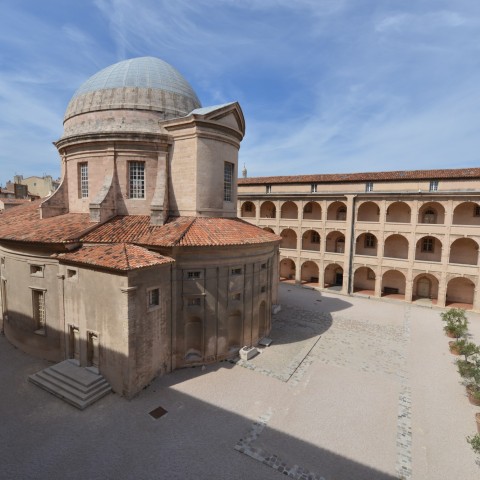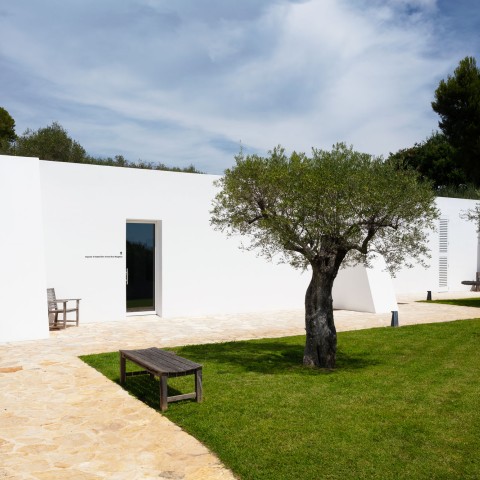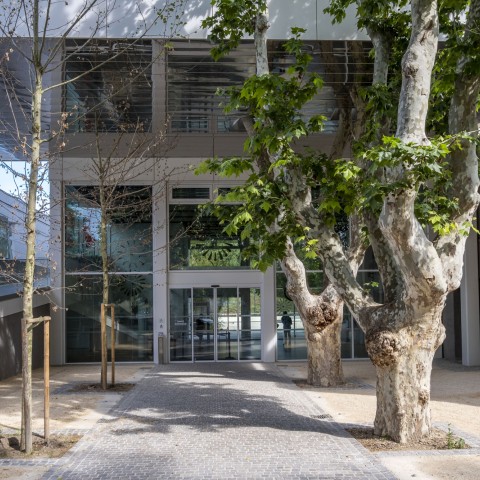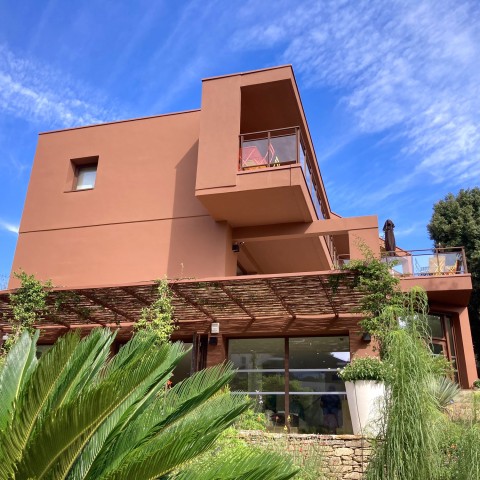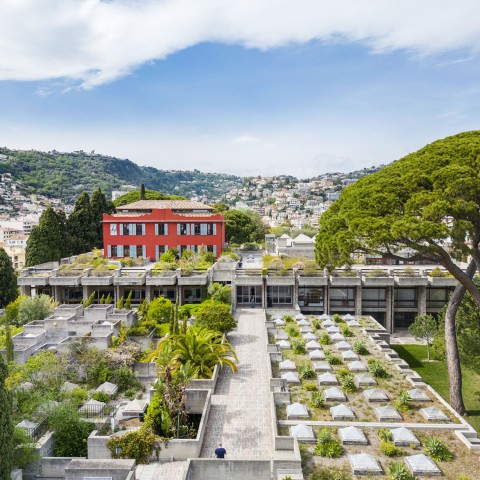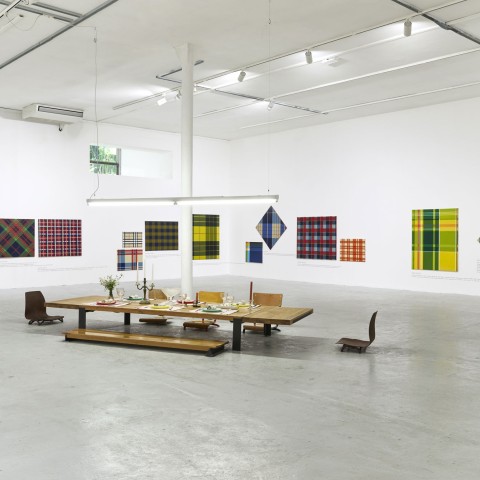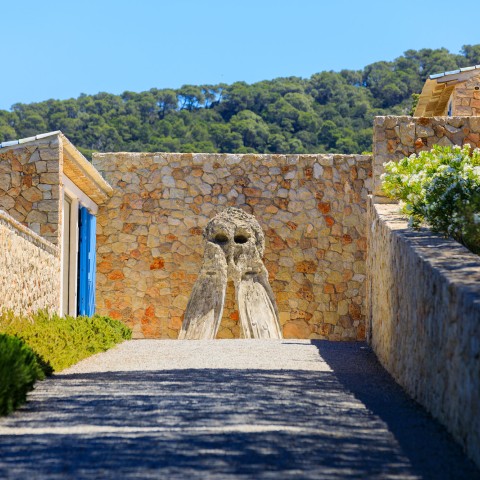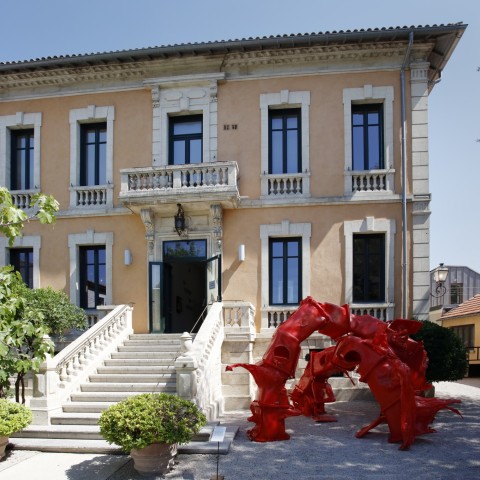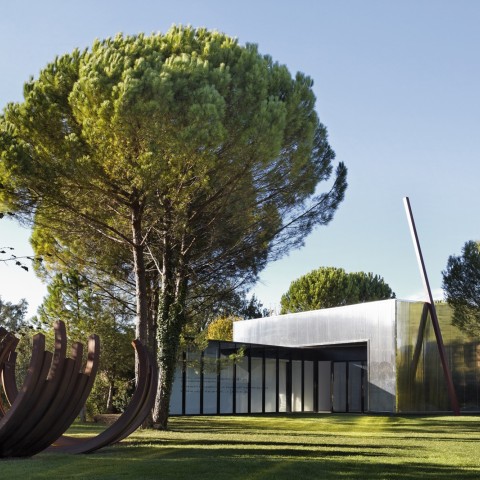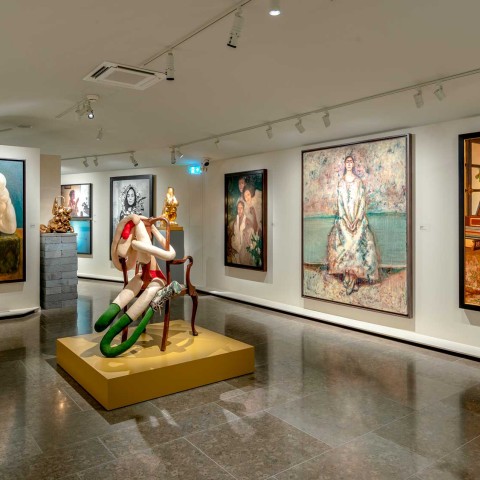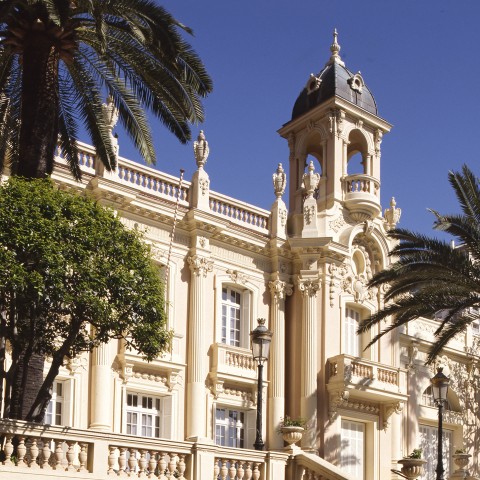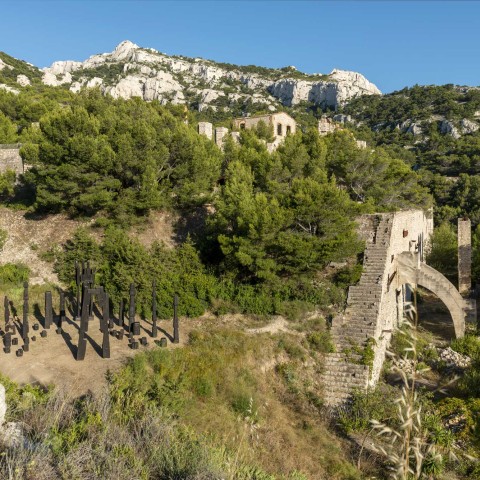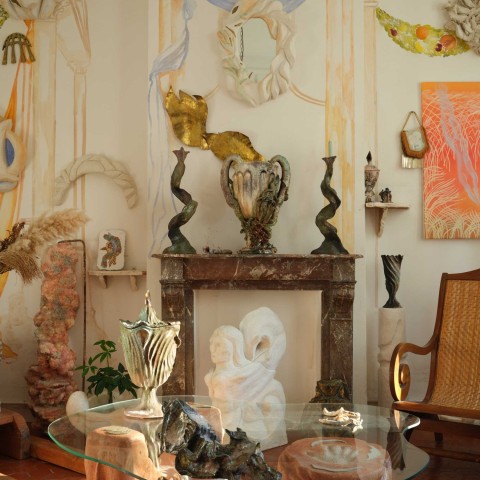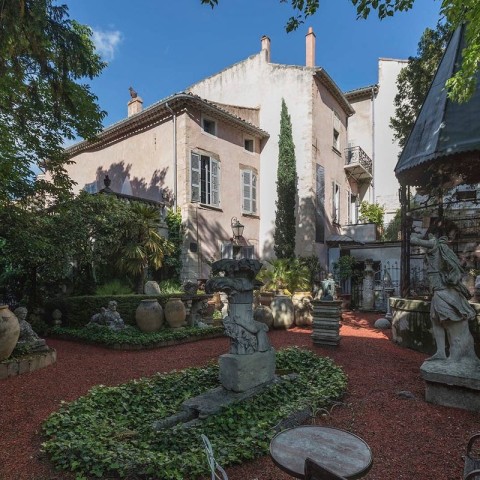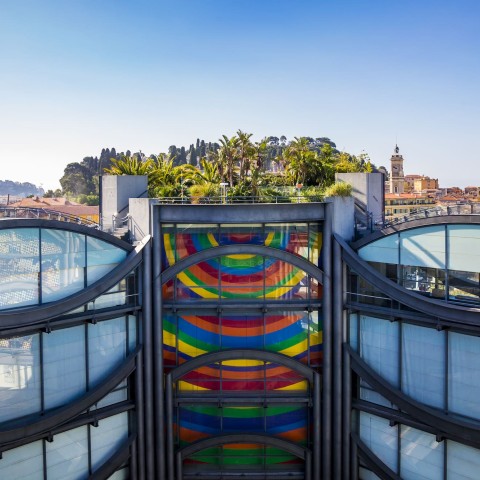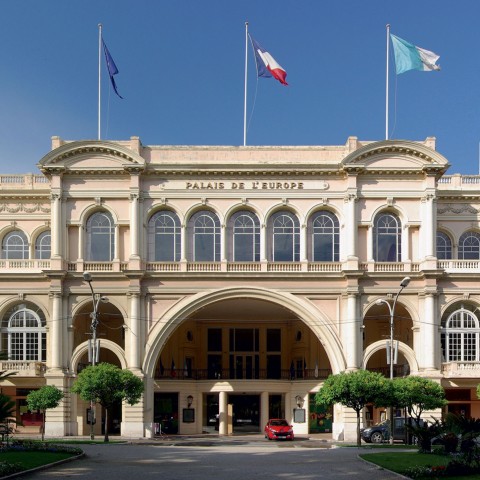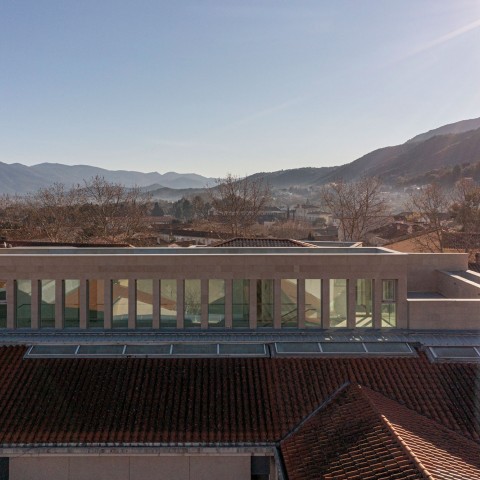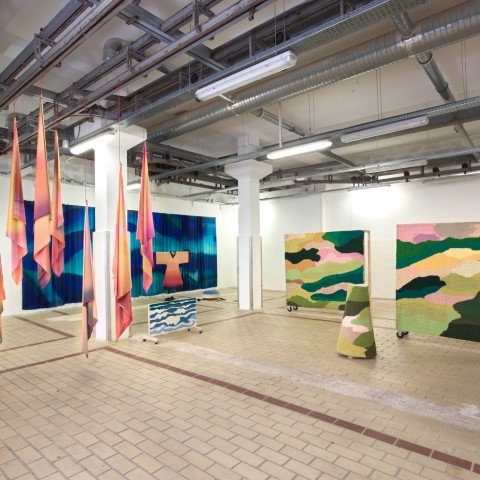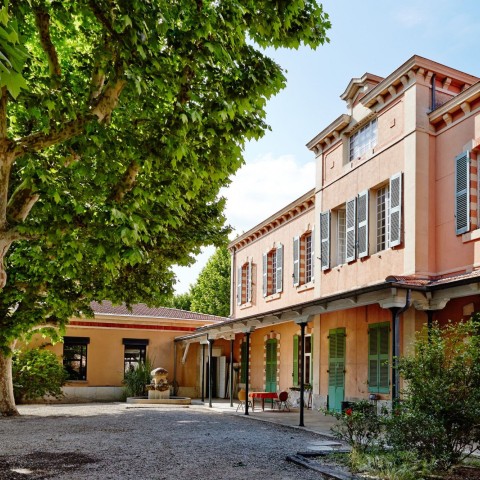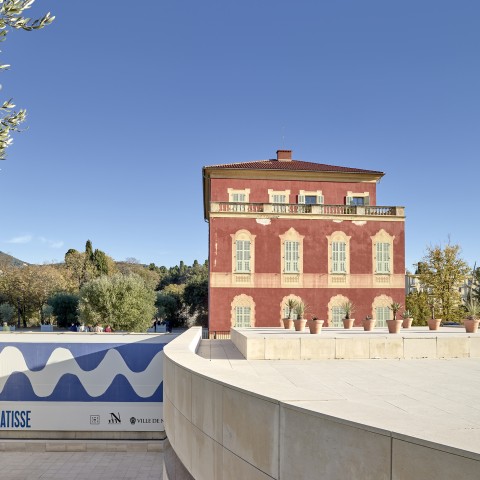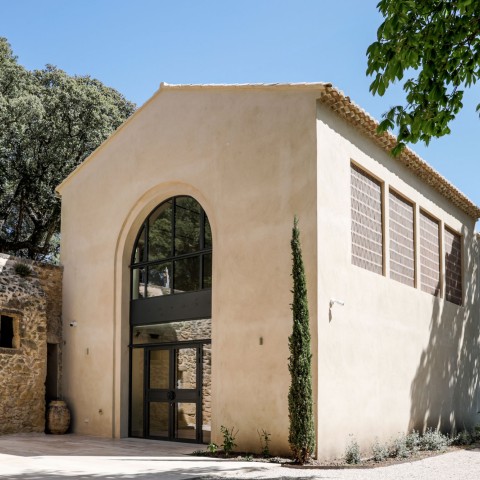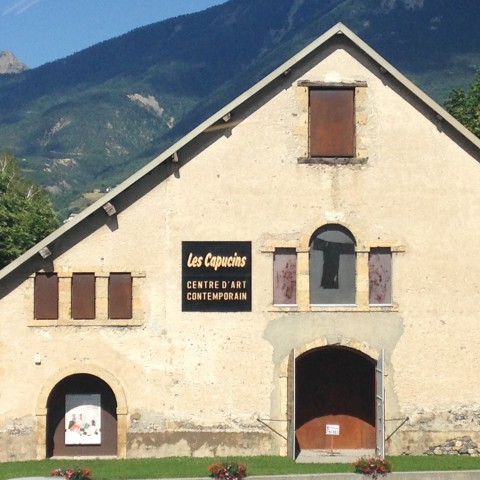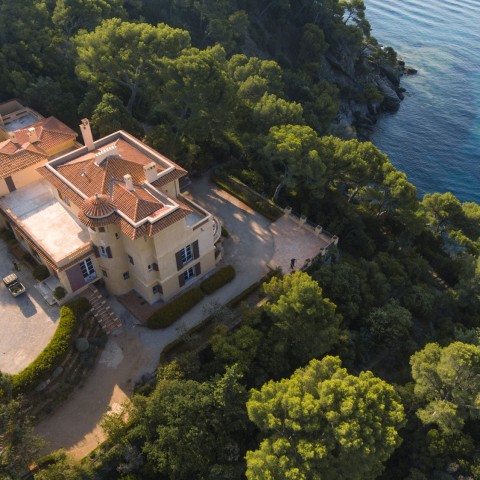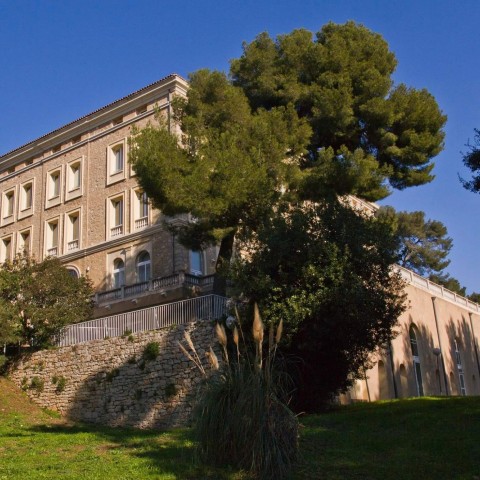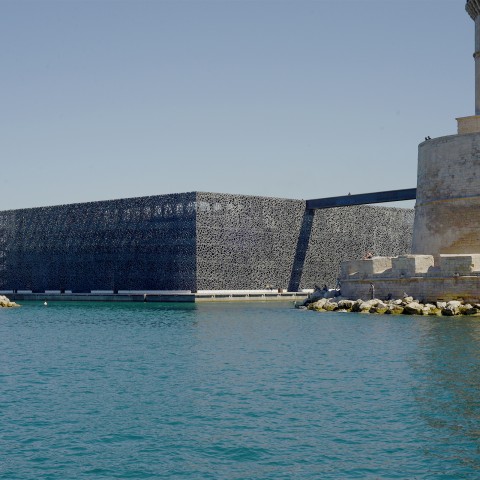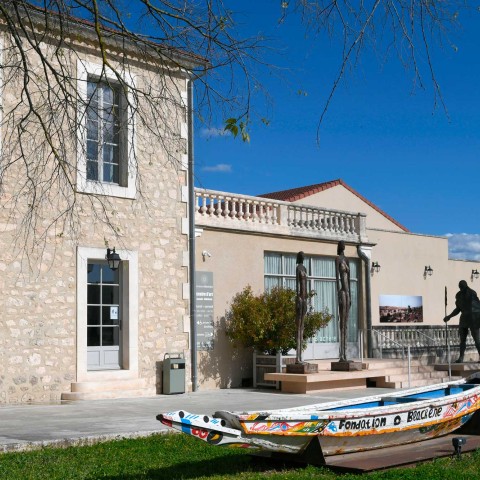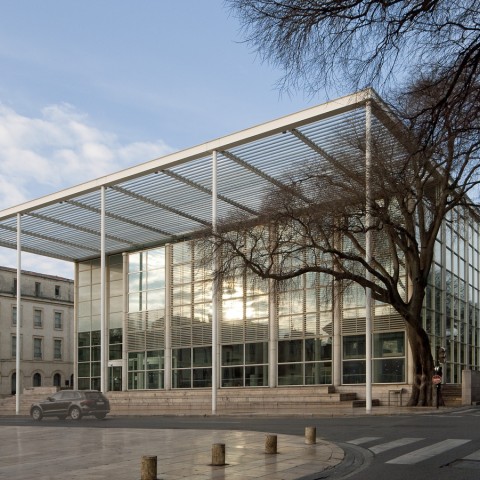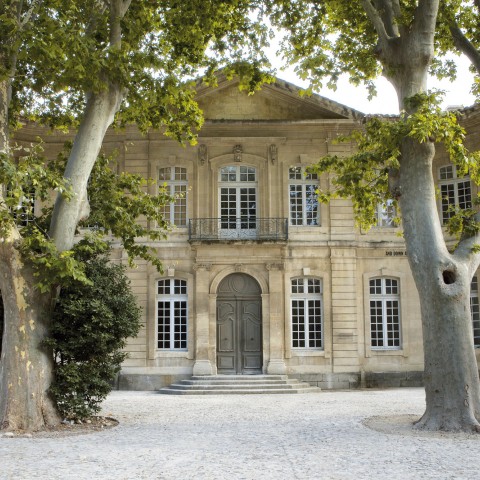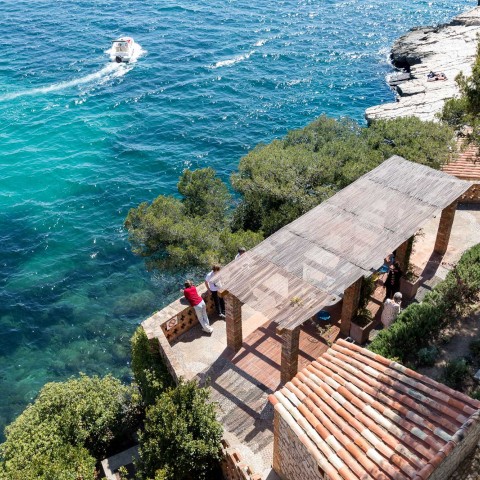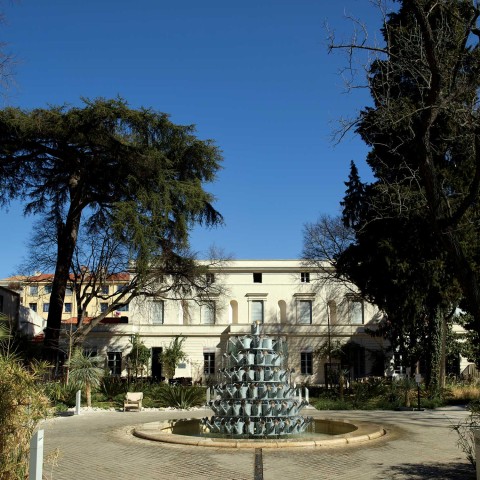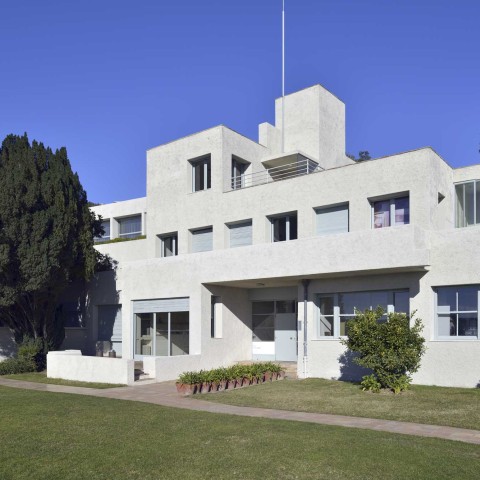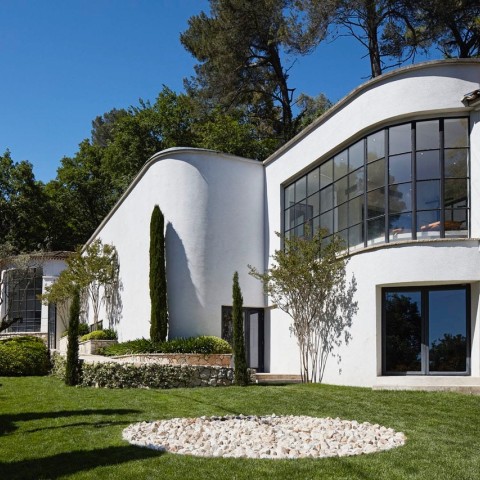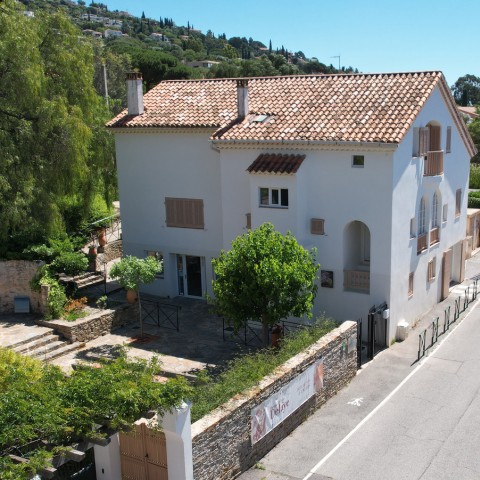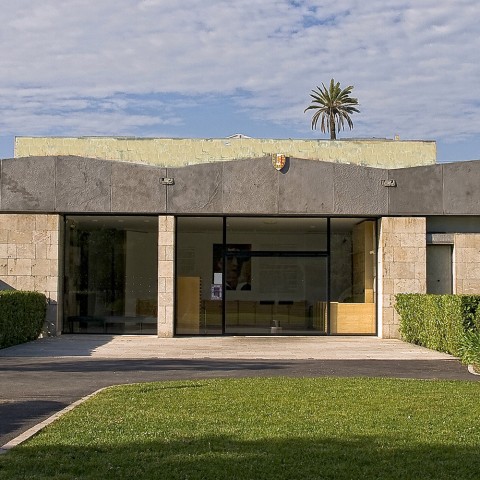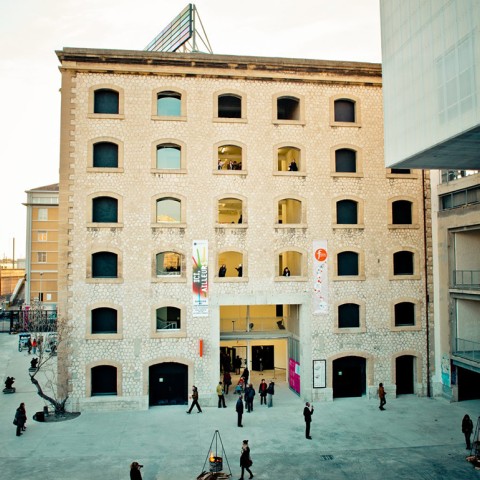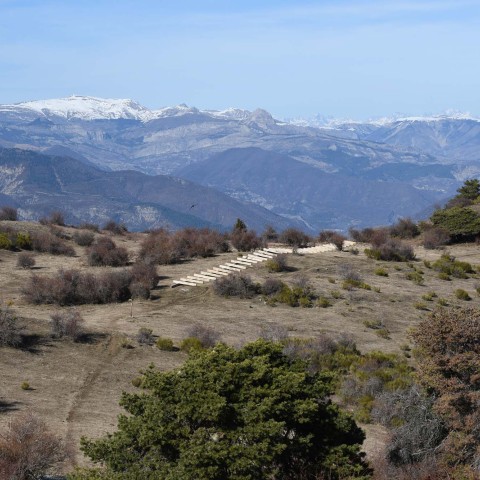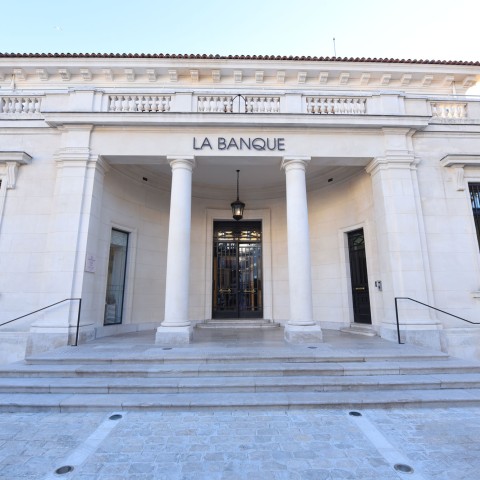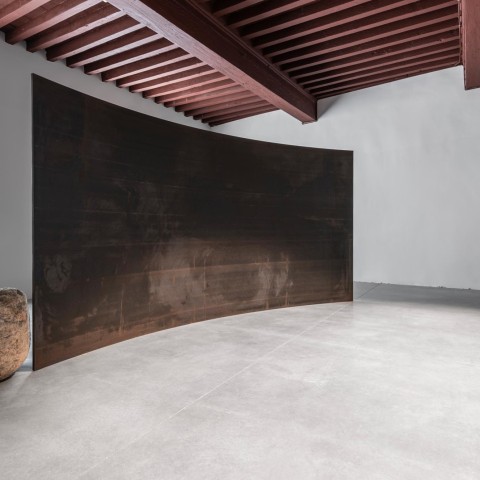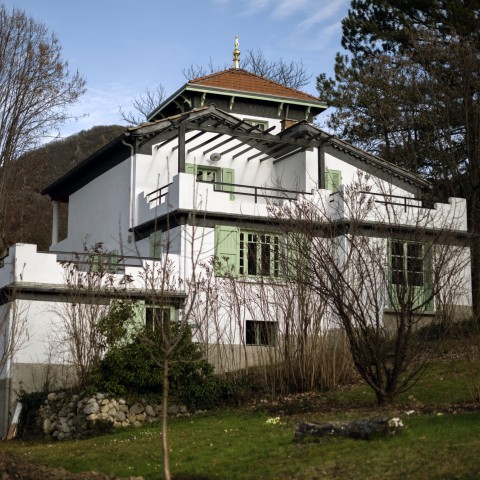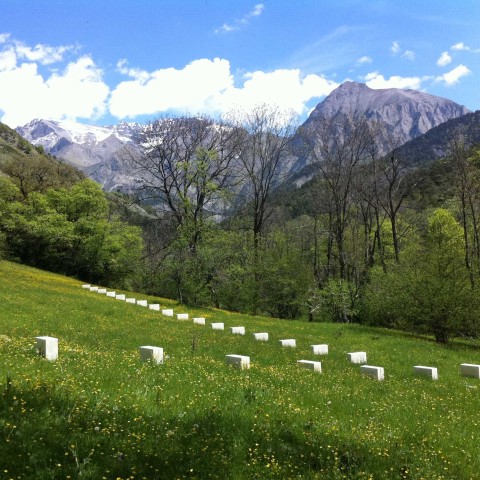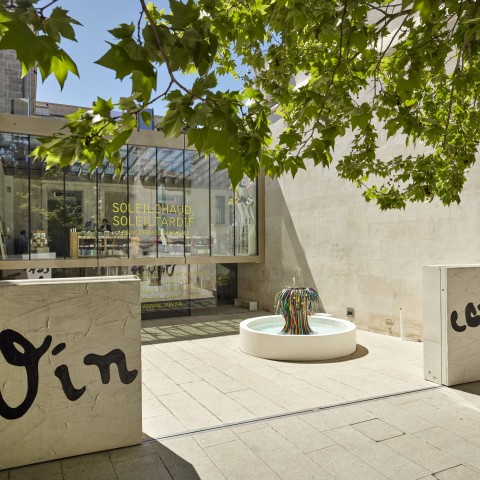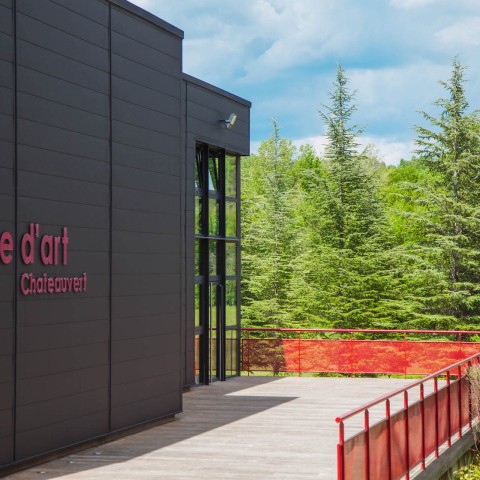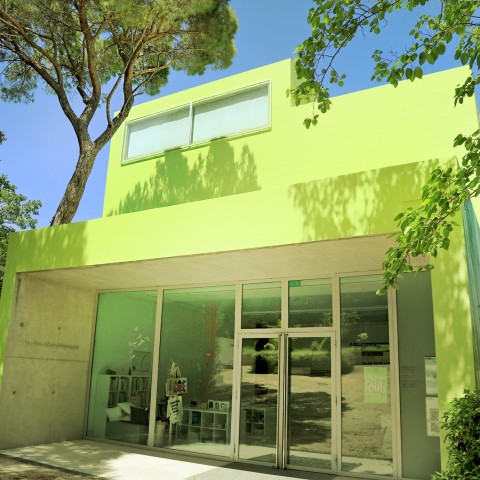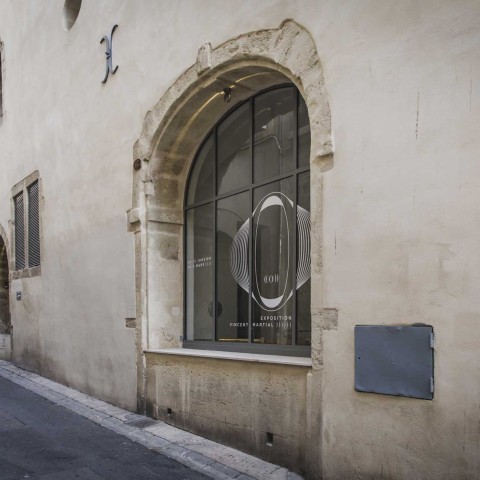Carré d’Art
Inaugurated in 1993, the Carré d'Art is an architectural work by Norman Foster that houses the museum of contemporary art and the library. The museum has a collection of 500 works, from 1960 to the present day. Launched in 1986, the collection has three main focuses: a panorama of French art, with major movements and groups of singular figures represented; a Mediterranean identity based on the south of France, Spain and Italy; and a presentation of Anglo-Saxon and Germanic trends. In addition to its collection, the museum presents exhibitions of major artists from the French and international scenes.
Inaugurated in 1993, the Carré d'Art is an architectural work by Norman Foster that houses the museum of contemporary art and the library. The museum has a collection of 500 works, from 1960 to the present day. Launched in 1986, the collection has three main focuses: a panorama of French art, with major movements and groups of singular figures represented; a Mediterranean identity based on the south of France, Spain and Italy; and a presentation of Anglo-Saxon and Germanic trends. In addition to its collection, the museum presents exhibitions of major artists from the French and international scenes.
Programme
Felipe Romero Beltrán, Bravo
elipe Romero Beltrán’s artistic projects are largely grounded in the exploration of social issues, playing with the tension that new narratives can introduce into the realm of documentary photography. His practice is defined by a commitment to long-term projects that require meticulous research.
Bravo unfolds in the liminal space of the Rio Bravo (the other name for the Rio Grande), a zone of constant tension and migration where identity and geography intersect. Focusing on a 270-kilometre stretch of the river, Romero Beltrán constructs an elusive visual narrative in which the river itself becomes a silent protagonist, shaping the lives of those who come near it, though they rarely appear within the frame. Through stripped-back portraits, austere interiors and marked landscapes, Bravo captures the suspended time of migration, as its subjects wait — sometimes for years — in the shadow of an uncertain crossing.
Exhibition organised by Fundación MAPFRE in collaboration with Carré d’Art – Musée d’art contemporain de Nîmes.
Vivian Suter, Disco
Vivian Suter travaille quotidiennement, en plein air, dans son jardin de Panajachel au Guatemala, où elle vit depuis les années 1980. Elle laisse ses toiles au dehors et intègre dans sa peinture les facteurs externes tels que l’humidité, la lumière, la flore et la faune constituant ainsi une documentation de son environnement de vie. Sur certaines d’entre elles, des brindilles ou feuilles sont venues s’y coller, on devine des traces de pattes de chiens ou de la pluie qui a délavé la peinture.
Comme pour chaque occurrence de l’exposition Disco, précédemment dévoilée au MAAT à Lisbonne et au Palais de Tokyo à Paris, les toiles réalisées ces dernières années sont réagencées de manière libre et spontanée en fonction de l’architecture des lieux. Elles s’accumulent et se superposent sur toute la hauteur des murs, flottent dans le vide, sont suspendues à des structures ou s’amoncellent à même le sol. Près de 400 œuvres viennent dialoguer à Nîmes avec l’architecture de Norman Foster pour proposer une nouvelle immersion au regardeur dans une saturation de l’espace.
L’exposition Disco de Vivian Suter a été organisée par le MAAT, Lisbonne et le Palais de Tokyo, Paris. Elle bénéficie du soutien à la production artistique et du partenariat de ArtWorks.
Access
Carré d'Art - Musée d'art contemporain
Place de la Maison-Carrée
30000 Nîmes
- 33 (0)4 66 76 35 70/35
carreartmusee.com
Tuesday to Sunday, 10am to 6pm.
Until 6.30pm at weekends.
Closed on 1 May.
Locate other art venues in the vicinity on the map.
Discover our address book
PLACES TO DISCOVER
• La Maison Carrée (Nîmes)
• Les Arènes (Nîmes)
• Le Musée de la Romanité (Nîmes)
• Collection Lambert (Avignon)
• Le Grenier à Sel (Avignon)
• Luma (Arles)
• Fondation Vincent van Gogh (Arles)
• Musée Reattu (Arles)
PLACES TO EAT
• Ciel de Nîmes : on the last floor of Carré d’art. (Nîmes)
• Émile et Simone : cheese, cold meat, vegetables plates, wine bar. (Nîmes)
PLACES TO STAY
• Royal Hôtel *** : a former 19th-century cloister in the heart of the city. (Nîmes)
• Appart'hôtel Odalys Le Cheval Blanc : exceptional location facing the Roman amphitheater, 5-minute walk from the train station. (Nîmes)

